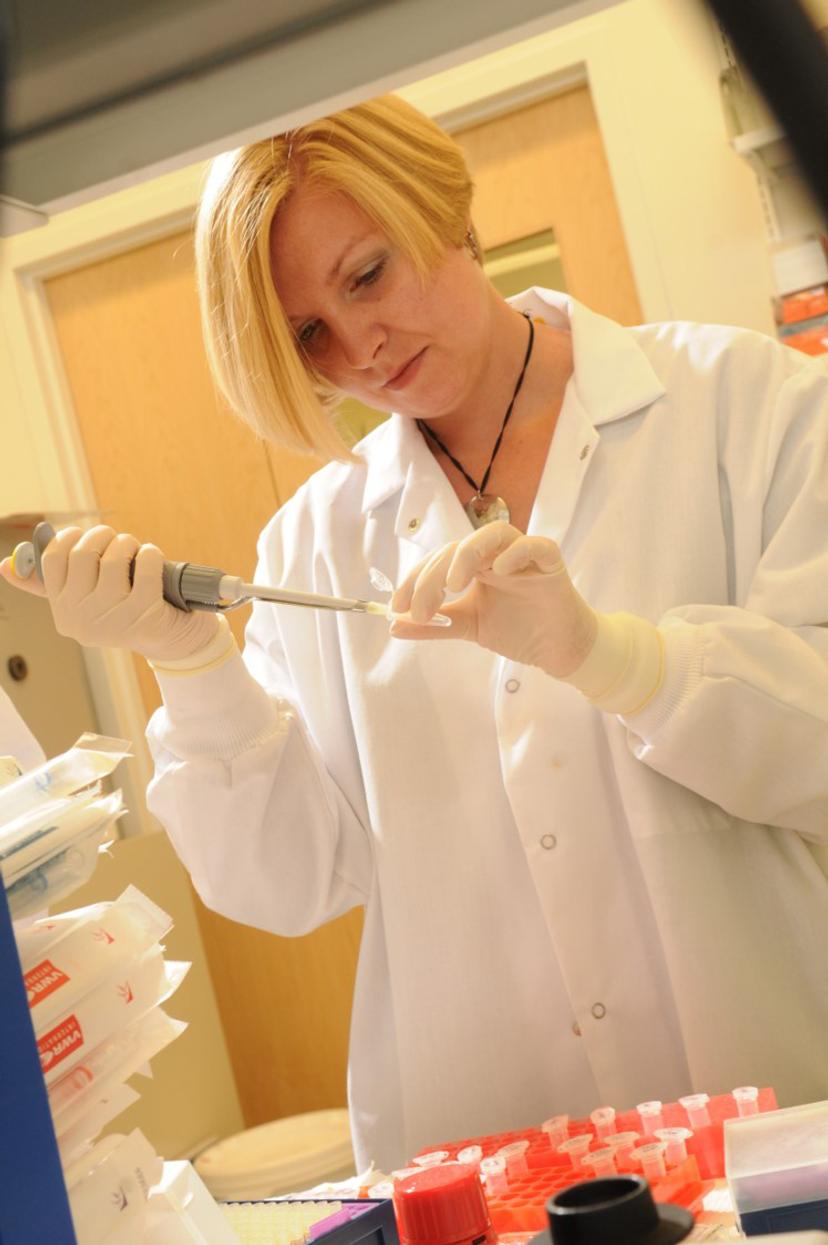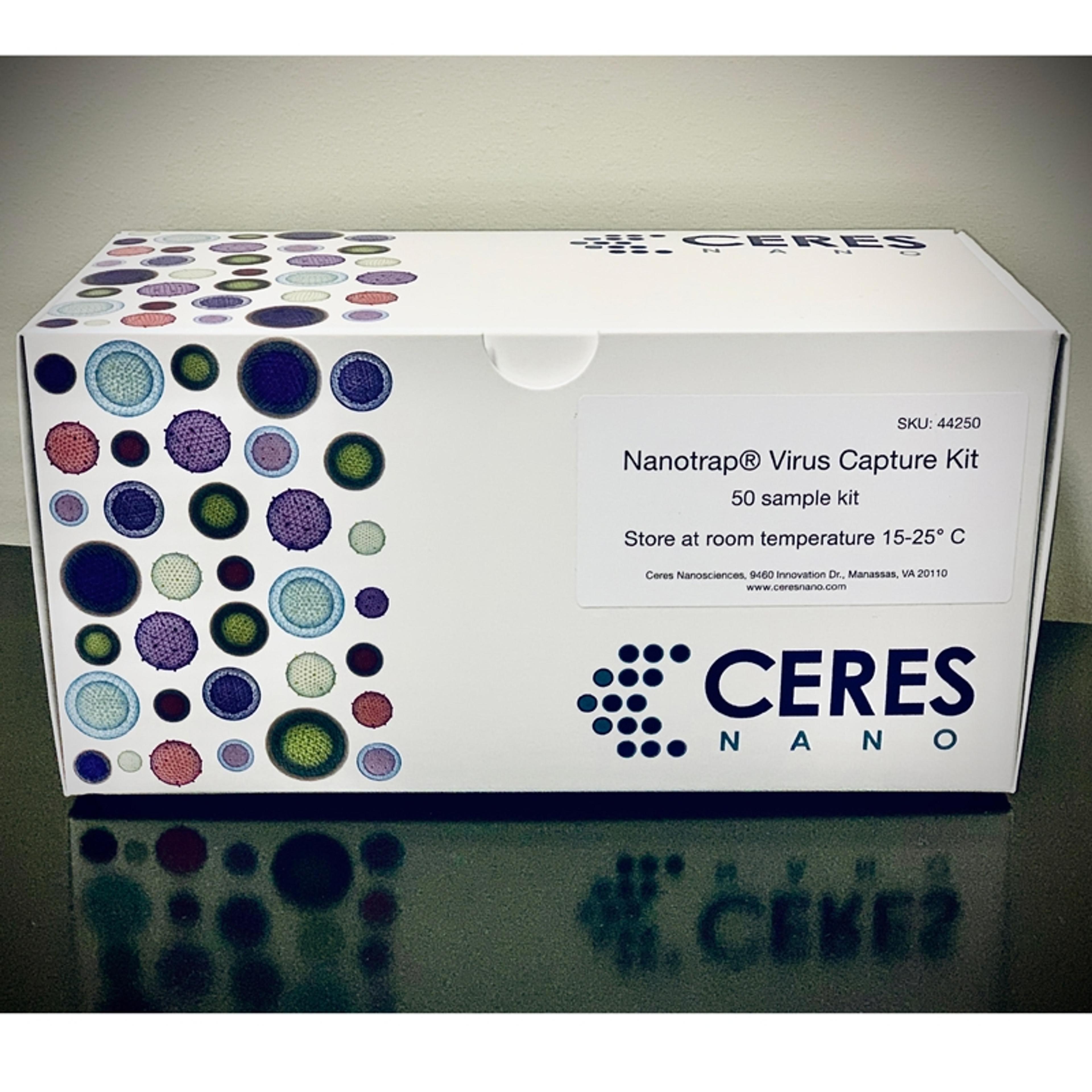How the Nanotrap technology could solve a piece of the coronavirus puzzle
GMU virologist Dr. Kylene Kehn-Hall reveals how Nanotrap particles can stabilize viruses, combat false negatives and potentially tackle the spread of coronavirus
17 Mar 2020
In this SelectScience interview, Dr. Kylene Kehn-Hall, virologist and associate professor at George Mason University (GMU), discusses the advantages of using Nanotrap® particles to detect viruses early and prevent spread. Kehn-Hall explains how they bind with multiple virions, enabling researchers to stabilize and concentrate ultralow levels of a virus, and outlines how her team is using this technique to address the coronavirus outbreak.

Tell us about your area of research and role at GMU
KK-H: One of my key roles is to study viruses, specifically viruses transmitted by mosquitoes known as arboviruses. We have a fantastic biocontainment laboratory at GMU, which enables us to work with highly dangerous viruses at biosafety level 3 (BSL-3).
Tell us about your current research at GMU and your ultimate research goals
KK-H: We have recently published two scientific papers using Nanotrap particles purchased from Ceres Nanosciences. In one of these studies, we focused on using urine as the patient sample type. One of the benefits of using urine is that we are able to obtain large sample volumes, which is often not the case when using sputum and blood. We were then able to explore Zika virus, dengue virus and chikungunya virus detection. Interestingly, the three viruses circulate together, so where you might find one, you will likely find the others. Our role is to figure out which virus the person has acquired, with the goal to detect a virus as early as possible, perhaps even pre-symptomatically via a small, point-of-care diagnostic kit. Nevertheless, since viruses are often present in small quantities during the early stages of infection, early detection can be problematic.
What were your findings when using Nanotrap particles from Ceres Nanosciences?
KK-H: My team and I were the first to demonstrate that adding Nanotrap particles to a sample causes the particles to bind with a virus and attach to multiple virions. We successfully generated electron microscopy (EM) images to display this phenomenon, which was fantastic to see. We found that Reactive Red-Nanotrap particles seem to have the strongest affinity to the three virus types — Zika, dengue and chikungunya — by around a tenfold enhancement of detection by PCR. We also found that when we went to ultralow levels of the virus, we were able to increase urine volume, enabling us to visually see these very low levels of the virus, which we wouldn’t be able to see without the hydrogel particles.
Why did you choose to use Nanotrap Virus Particles?
KK-H: What is fantastic about using them is that they enrich and enhance sensitivity, whilst also helping to stabilize samples. We’ve seen that incubating Nanotrap particles with a sample can cause nucleic acids, protein antigens, and even to some extent, viruses to be stabilized. When viruses are stabilized, that is ideal as then we can maintain virus infectivity. This is perfect for those researchers who are collecting samples but are unable to immediately process or store them.
We believe the virus stabilization effect could be due to several reasons, such as the particles binding to proteases and RNases, leading to them becoming functionally inactive or spatially removed from one another and preventing analyte break down. We also think this could be due to the clustering phenomenon, meaning that the viruses will cluster together, amongst other particles, to help protect themselves. We’ve been collaborating with Ceres for nine years and published our findings together, which has been great. Ceres Nanosciences has helped us optimize our methods to improve our results and overall research.
Coronavirus is now a core focus in many labs, how are you addressing this in your lab?
KK-H: That's a great question. We recently received a coronavirus sample which we are currently working on in our containment lab. We are also actively seeking funding to try to enhance coronavirus detection, because what they're currently noticing in the field is that PCR assays had a significant number of false negatives. This is a situation where Nanotrap particles can really make a difference since they help combat these false negatives by capturing viruses that are present in low concentrations, which ultimately enhances diagnostics. So, we think this is an area that would be perfect to explore.
How do you think Nanotrap technology could be used to minimize coronavirus outbreaks?
KK-H: In an earlier paper of ours, we focused on respiratory pathogens, including influenza and a human coronavirus which causes the common cold. The Nanotrap particles did bind to that strain of coronavirus, so we have enough reasonable data to indicate that we could do more work on this on similar lines.
It could be a piece of the puzzle in terms of more accurate diagnostics, enabling those who have coronavirus to take quarantine measures and help prevent the spread in that way.
How do you keep the team safe during this work?
KK-H: Our safety is important when working with the coronavirus, we operate in a BSL-3, which is a virus safety level three laboratory with HEPA filters. We also ensure we wear PPE and work in biosafety cabinets all the time. We must follow strict engineering and health and safety protocols. And we're approved by the C.D.C. to carry out this work, who rigorously inspect us and ensure we’re working at a safe level.
What are your broader thoughts on how coronavirus can be tackled?
KK-H: The mortality rate associated with coronavirus is lower than many of the viruses my lab works with, but it is higher than the flu and it is spreading. In fact, it has reached global pandemic status. This means it’s essential that we must understand the workings of the virus. I think it is important for researchers to work with companies that already have diagnostic assays or those companies that are working on the front lines to screen patients at airports and work with them to help screen and enhance diagnostic capability.

